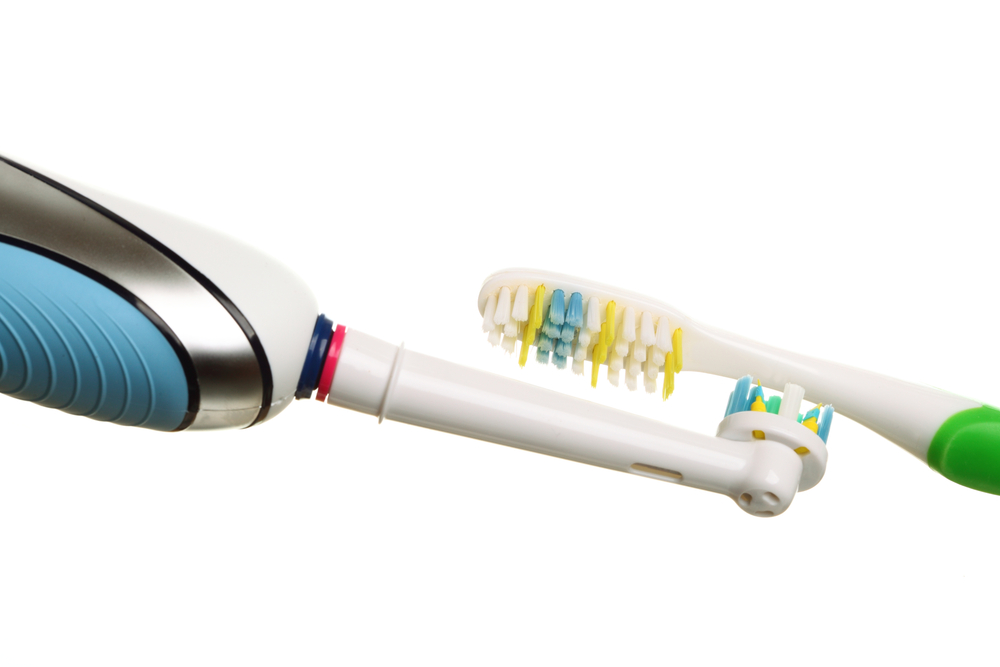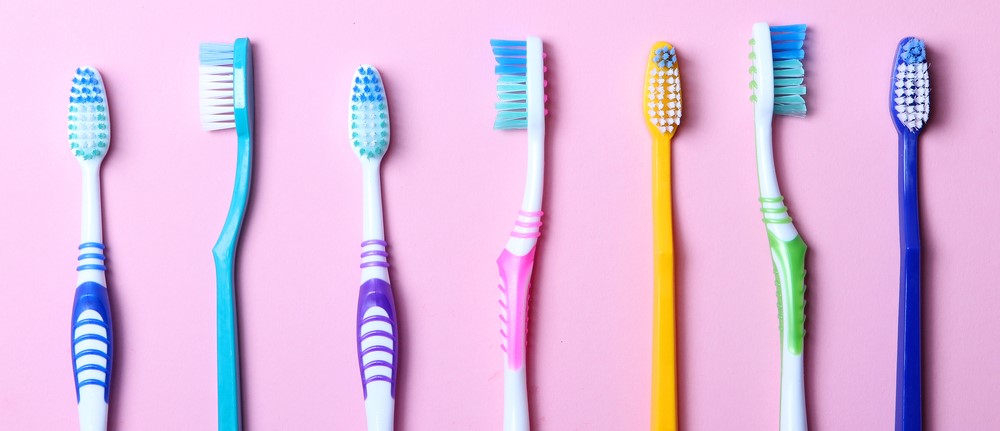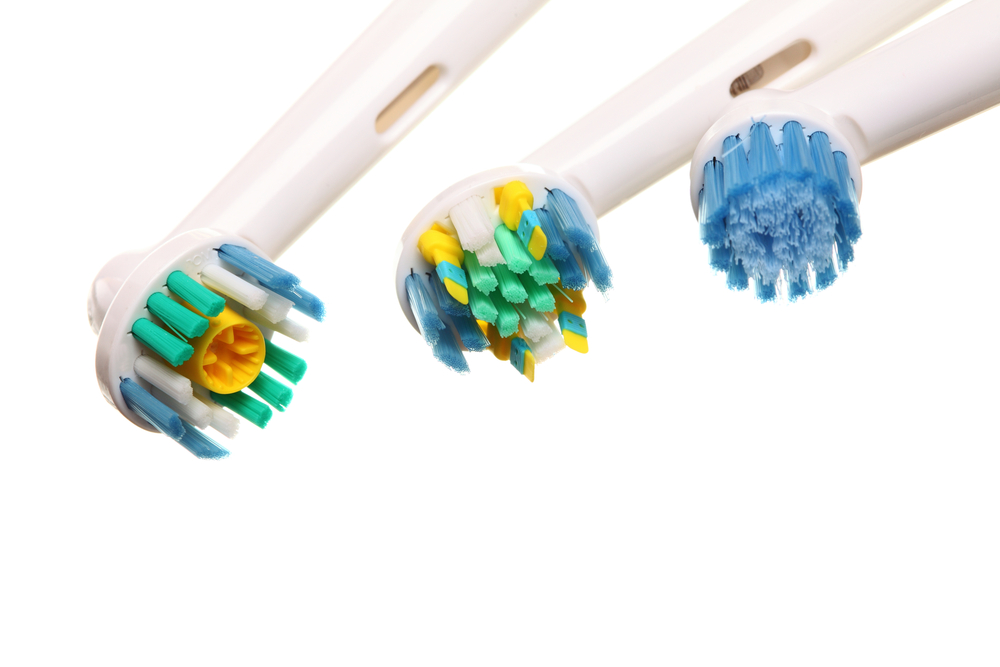
In the ever-evolving world of dental hygiene, one question frequently arises in the minds of our patients at Complete Dental Care: Are electric toothbrushes truly superior to their manual counterparts? As a dedicated dentist in Phoenix, I, Dr. Daniel Rodda, have delved into this topic to bring clarity and expert insight to this common query.
The choice between electric and manual toothbrushes is not just a matter of personal preference; it’s a decision that can impact your overall oral health. In this comprehensive guide, we will explore the nuances of both electric and manual toothbrushes, weighing their benefits and drawbacks. Our goal is to empower you with information, helping you make an informed choice about your dental care routine.
Whether you’re a long-time advocate for electric toothbrushes, a staunch supporter of manual brushing, or someone standing at the crossroads of this decision, this article aims to shed light on the facts, backed by professional experience and scientific research.
Stay tuned as we dive into the world of toothbrushes, from the buzzing efficiency of electric models to the classic simplicity of manual brushes, and discover what a Phoenix dentist has to say about this intriguing topic.
Understanding Electric and Manual Toothbrushes
In our journey to uncover the best practices for oral hygiene, it’s essential to start at the foundation – understanding the tools at our disposal. In this section, we’ll break down the basics of both electric and manual toothbrushes, providing a clear picture of what each offers.
What are Electric Toothbrushes?
Electric toothbrushes are at the forefront of dental technology, offering an advanced approach to oral hygiene. But what exactly makes them stand out, and how do they work? Let’s explore in detail.
Definition and Mechanism:
Electric toothbrushes are designed to automate the brushing process. They are powered by a battery or a rechargeable source and feature a motor that drives the movement of the brush head.
The key to their effectiveness lies in the automated bristle motion, which can vary significantly between models. This motion is engineered to provide a consistent and efficient cleaning experience, often more effective than manual brushing.
Types of Electric Toothbrushes:
- Oscillating-Rotating Toothbrushes: These toothbrushes have small, round brush heads and operate by rotating back and forth. They are particularly effective at removing plaque and reducing gingivitis.
- Sonic Toothbrushes: Sonic toothbrushes use a side-to-side cleaning action at high speeds, creating a vibrating effect that can reach into interdental spaces and along the gum line.
- Ultrasonic Toothbrushes: Ultrasonic toothbrushes use extremely high-frequency vibrations to break down plaque and bacteria. They are known for their deep cleaning abilities and are often recommended for individuals with more significant oral health concerns.
Technological Features:
- Pressure Sensors: Many electric toothbrushes come equipped with pressure sensors to prevent users from brushing too hard, which can damage enamel and irritate gums.
- Timers and Pacing Alerts: Built-in timers ensure that users brush for the dentist-recommended two minutes, while pacing alerts signal when to move to a different quadrant of the mouth.
- Multiple Brushing Modes: Advanced models offer various modes tailored for sensitive teeth, gum care, whitening, and deep cleaning, allowing users to customize their brushing experience according to their oral health needs.
Benefits Over Manual Brushing:
- Efficiency: The automated motion of electric toothbrushes can remove more plaque and reduce gingivitis more effectively than manual brushing.
- Ease of Use: Especially beneficial for people with limited manual dexterity, such as the elderly, children, or those with physical disabilities.
- Interactive Elements: Some models connect to mobile apps, providing real-time feedback on brushing habits, which can be particularly motivating for younger users.

What are Manual Toothbrushes?
Manual toothbrushes have been a fundamental tool in oral hygiene for centuries. Despite the advent of electric toothbrushes, they continue to be widely used due to their simplicity, accessibility, and effectiveness. Let’s delve into the details of manual toothbrushes.
Definition and Usage:
A manual toothbrush consists of a handle and a brush head with a set of bristles. The user manually creates the brushing motion, controlling the pressure and angle of brushing.
The effectiveness of a manual toothbrush largely depends on the user’s brushing technique, including the duration, pressure, and coverage of all tooth surfaces.
Variety in Design:
- Bristle Types: Bristles can range from soft to medium and hard, catering to different oral health needs. Soft bristles are generally recommended to prevent damage to the gums and enamel.
- Head Sizes and Shapes: Manual toothbrushes come in various head sizes and shapes, from compact to larger designs, allowing users to choose based on comfort and ease of reaching all areas of the mouth.
- Handle Designs: The handles can vary in shape and grip, with options like non-slip grips and ergonomic designs that provide better control and comfort during brushing.
Advantages of Manual Brushing:
- Control and Adaptability: Users have complete control over the brushing process, allowing them to adjust the pressure and angle as needed, which can be particularly beneficial for sensitive areas.
- No Power Source Needed: Manual toothbrushes are convenient for travel and use in situations where charging or battery replacement is not feasible.
- Affordability and Availability: They are widely available and affordable, making them accessible to a broader range of users.

Benefits of Electric Toothbrushes
The choice between electric and manual toothbrushes often boils down to their perceived benefits. Electric toothbrushes, with their advanced technology and design, offer several advantages that cater to a wide range of oral health needs. In this section, we delve into these benefits, shedding light on why electric toothbrushes are a favored choice for many.
Enhanced Cleaning Efficiency
One of the most significant advantages of electric toothbrushes is their enhanced cleaning efficiency. These toothbrushes are engineered to provide superior plaque removal, primarily due to their advanced bristle motion and technology.
Studies consistently show that electric toothbrushes outperform manual ones in reducing plaque and gingivitis. This is not just a matter of better technology but also of consistent performance. Unlike manual brushing, which varies in effectiveness based on the user’s technique, electric toothbrushes offer a consistent cleaning action. This consistency is crucial in ensuring thorough plaque removal and maintaining oral health.
Ease of Use for People with Limited Mobility
Electric toothbrushes are not just about efficiency; they are also about inclusivity. They are particularly beneficial for individuals who might find manual brushing challenging, such as the elderly or those with limited hand mobility. The automated brushing action of electric toothbrushes makes it easier for these individuals to maintain good oral hygiene.
Furthermore, electric toothbrushes can be a boon for children’s oral health. They make the brushing process more engaging and fun, encouraging better brushing habits from a young age.
Built-in Timers and Pressure Sensors
The technological advancements in electric toothbrushes extend beyond just the brushing action. Most models come equipped with built-in timers and pressure sensors, adding layers of functionality that promote oral health. The timers ensure that users brush for the dentist-recommended two minutes, fostering good brushing habits.
Meanwhile, the pressure sensors play a critical role in preventing damage to the enamel and gums. They alert users if they are applying too much pressure, safeguarding against the risks of excessive force during brushing.
In summary, electric toothbrushes offer a range of benefits that contribute to their popularity. From their superior cleaning capabilities to features that cater to users with special needs, these toothbrushes represent a significant advancement in oral hygiene tools.
The Case for Manual Toothbrushes
In a world increasingly leaning towards technological solutions, the enduring popularity of manual toothbrushes might seem surprising. However, these traditional tools of oral hygiene continue to hold significant value for many. In this section, we’ll explore the reasons behind the lasting appeal of manual toothbrushes, highlighting their unique benefits.
Simplicity and Control
The primary allure of manual toothbrushes lies in their simplicity and the control they offer. Unlike electric toothbrushes, which automate the brushing process, manual toothbrushes put the user in the driver’s seat.
This control allows for a personalized brushing experience, where one can adjust the pressure, angle, and technique according to individual needs and preferences. For those who have mastered the art of manual brushing, this level of control can be both comforting and effective.
Affordability and Accessibility
Another significant advantage of manual toothbrushes is their affordability and widespread availability. They are typically much cheaper than electric toothbrushes and can be found in almost any store, making them accessible to a broader range of people.
This affordability and ease of access make manual toothbrushes a go-to choice for many families, especially in regions where electric toothbrushes might be considered a luxury.
Environmental Considerations
In today’s eco-conscious world, the environmental impact of products is an important consideration. Manual toothbrushes, particularly those made with biodegradable materials, can be a more environmentally friendly option compared to their electric counterparts.
They require no electricity or batteries and produce less waste, especially if one opts for models with replaceable heads or those made from sustainable materials.
Travel-Friendly
Manual toothbrushes are also incredibly travel-friendly. They are lightweight, compact, and do not require charging or batteries, making them ideal for on-the-go use.
Whether you’re camping in the wilderness or traveling for business, a manual toothbrush is a hassle-free companion that ensures you can maintain your oral hygiene routine anywhere.
In conclusion, while electric toothbrushes offer advanced features and automated brushing, manual toothbrushes remain a valuable tool in oral care. Their simplicity, affordability, environmental friendliness, and travel convenience continue to make them a preferred choice for many individuals.
What Does the Research Say?
When it comes to choosing between electric and manual toothbrushes, opinions and preferences are abundant. However, it’s crucial to consider what scientific research and clinical studies have to say. In this section, we’ll explore the findings from various studies, providing an evidence-based comparison of electric and manual toothbrushes.
Studies and Findings
Over the years, numerous studies have been conducted to compare the effectiveness of electric and manual toothbrushes. Here’s what the research generally indicates:
- Plaque Removal and Gingivitis Reduction: Several studies have found that electric toothbrushes, particularly those with oscillating-rotating or sonic technology, are more effective in reducing plaque and gingivitis compared to manual toothbrushes. This effectiveness is often attributed to the consistent motion and advanced bristle design of electric toothbrushes.
- Long-Term Oral Health: Research also suggests that the long-term use of electric toothbrushes can lead to improved oral health outcomes, including a reduction in the progression of gum disease and tooth decay.
Dentists’ Recommendations
In addition to research studies, the recommendations of dental professionals are invaluable in understanding the efficacy of different brushing methods:
- Professional Insights: Many dentists and hygienists recommend electric toothbrushes for their consistent cleaning ability and ease of use, especially for patients with orthodontic appliances, those with limited dexterity, or individuals who tend to brush too hard.
- Personalized Advice: It’s important to note that dental professionals often tailor their recommendations based on individual patient needs, oral health status, and personal preferences.
Insights from Dr. Daniel Rodda – Electric vs. Manual Toothbrushes
As a dentist who has served the Phoenix community for many years, I’ve had ample opportunity to observe the impacts of different toothbrushing methods on oral health. My experience has led me to some conclusions about the electric versus manual toothbrush debate.
Observations from Dental Practice
In my practice, the evidence is clear: patients who use electric toothbrushes generally have better plaque control and healthier gums. This observation aligns with the consistent and efficient cleaning action that electric toothbrushes provide. For example, I recall a patient who struggled with plaque buildup despite diligent manual brushing. After switching to an electric toothbrush, their oral health improved markedly within a few months.
Electric Toothbrushes: Pros and Cons
Electric toothbrushes offer several advantages:
- Enhanced Cleaning: Their advanced technology often leads to more effective plaque removal and gum health.
- Ease of Use: They are particularly beneficial for patients with limited dexterity or those who might brush too hard manually.
However, there are considerations to keep in mind:
- Cost: Electric toothbrushes can be more expensive upfront and require battery or power source maintenance.
- Suitability: They might not be the best choice for everyone, especially those who prefer the tactile feel of manual brushing.
Manual Toothbrushes: The Traditional Choice
Manual toothbrushes, while more traditional, have their own set of advantages:
- Control: They allow for more nuanced control over brushing pressure and technique.
- Accessibility: They are widely available and affordable, making them a practical choice for many.
But, it’s important to note:
- Technique-Dependent: The effectiveness of manual brushing heavily relies on the user’s technique, which can vary greatly.
Dr Rodda’s Personalized Recommendations
In my practice, I emphasize the importance of choosing a toothbrush that suits one’s personal needs and lifestyle. While I often recommend electric toothbrushes for their efficiency, I also recognize the value and suitability of manual toothbrushes for many individuals. The key is to use the tool that you are most comfortable with and that encourages regular, effective brushing.
Emphasizing Good Oral Hygiene
Regardless of the type of toothbrush, the cornerstone of oral health is consistent and proper brushing technique, coupled with regular dental check-ups. I encourage my patients to focus on maintaining good oral hygiene habits, as this is the most critical factor in ensuring long-term dental health.
FAQs on Electric and Manual Toothbrushes
When it comes to choosing between electric and manual toothbrushes, several questions often arise. In this FAQ section, we aim to address these queries, providing clear and helpful answers based on dental expertise and research.
Q1: Do electric toothbrushes clean better than manual ones?
- Answer: Yes, numerous studies have shown that electric toothbrushes generally provide a more effective clean. They are particularly adept at removing plaque and reducing gingivitis, mainly due to their advanced bristle movements and consistent brushing action.
Q2: Are electric toothbrushes safe for all ages?
- Answer: Electric toothbrushes are safe for most people, including children. However, it’s important for young children to use toothbrushes designed for their age group and to be supervised during brushing to ensure they use them correctly.
Q3: Can manual toothbrushes be as effective as electric ones?
- Answer: Yes, with the correct technique, manual toothbrushes can be effective in cleaning teeth. The key is to use proper brushing methods, ensuring that all surfaces of the teeth and gums are thoroughly cleaned.
Q4: How often should I replace my toothbrush or electric toothbrush head?
- Answer: Both electric toothbrush heads and manual toothbrushes should be replaced every three to four months, or sooner if the bristles become frayed. Regular replacement is crucial for maintaining brushing effectiveness and hygiene.
Q5: Are electric toothbrushes worth the extra cost?
- Answer: For many people, the investment in an electric toothbrush is worthwhile due to their enhanced cleaning ability, ease of use, and features like timers and pressure sensors. However, the decision should be based on individual needs, preferences, and budget.
Conclusion
In the debate between electric and manual toothbrushes, it’s clear that both have their unique advantages and can be effective in maintaining oral hygiene when used properly. As we’ve explored in this blog, electric toothbrushes offer advanced technology and ease of use, particularly benefiting those with specific dental needs. On the other hand, manual toothbrushes provide simplicity, control, and accessibility, continuing to be a reliable choice for many.
Ultimately, the decision between an electric and manual toothbrush should be based on individual preference, lifestyle, and oral health needs. Remember, the best toothbrush for you is the one that you will use consistently and correctly.
Schedule a Consultation: If you’re still unsure about the best choice for your dental needs, consider scheduling a consultation at Complete Dental Care. Dr. Daniel Rodda and our team are here to provide personalized advice and help you achieve optimal oral health.

